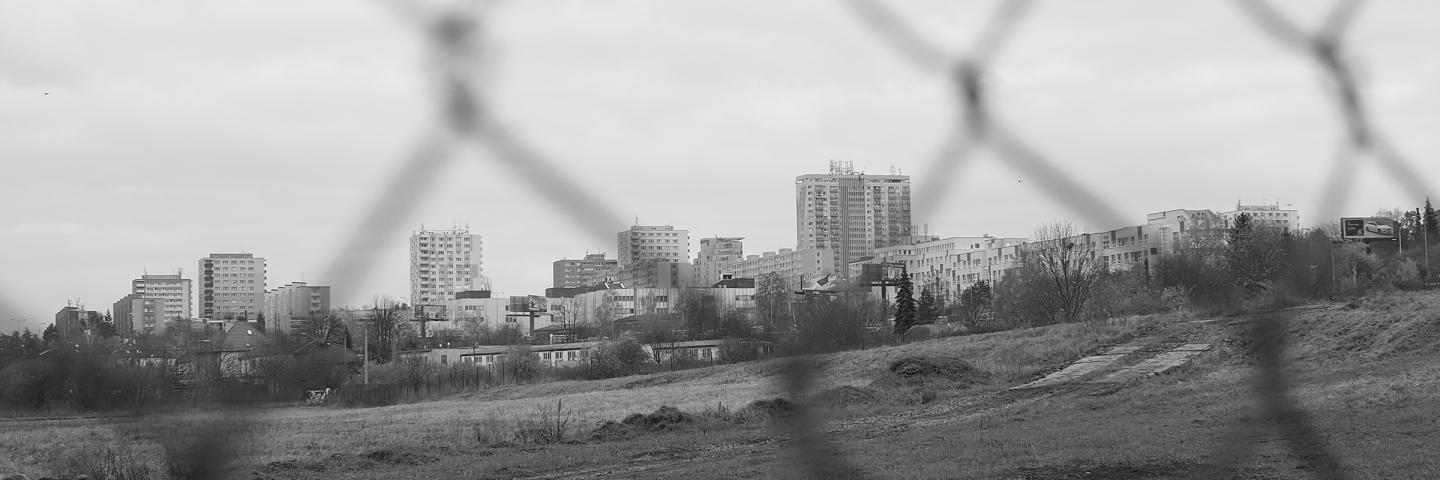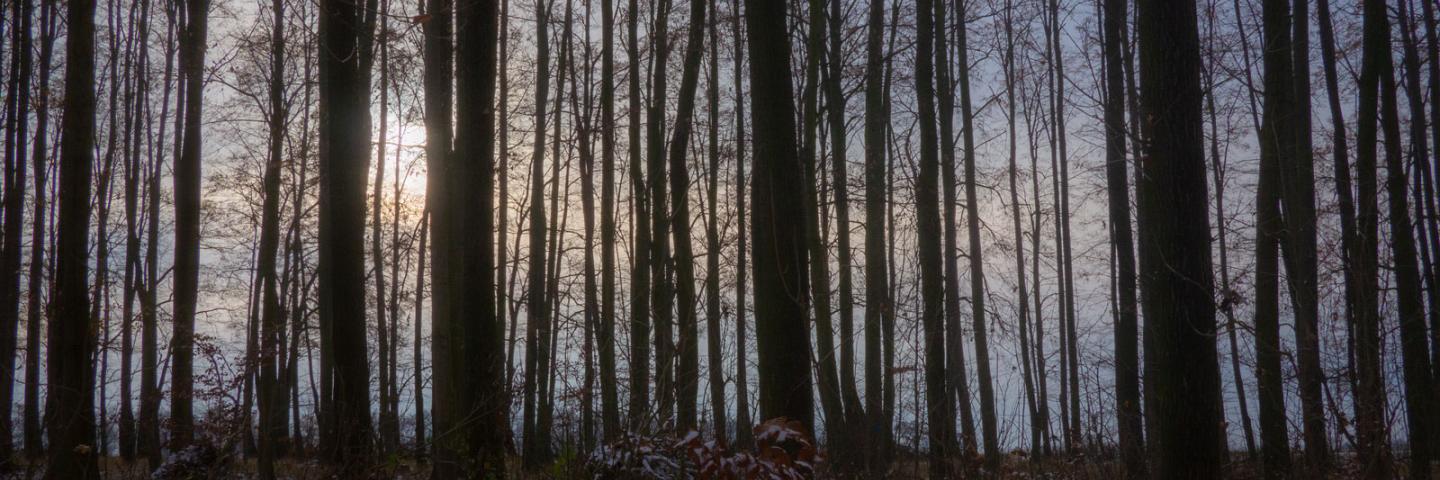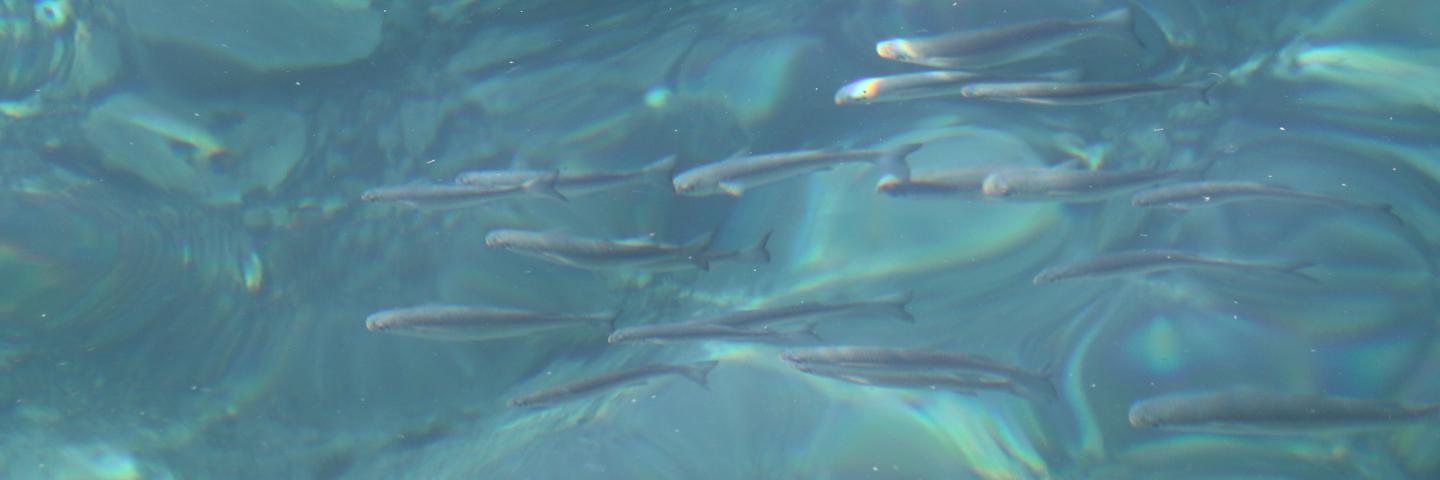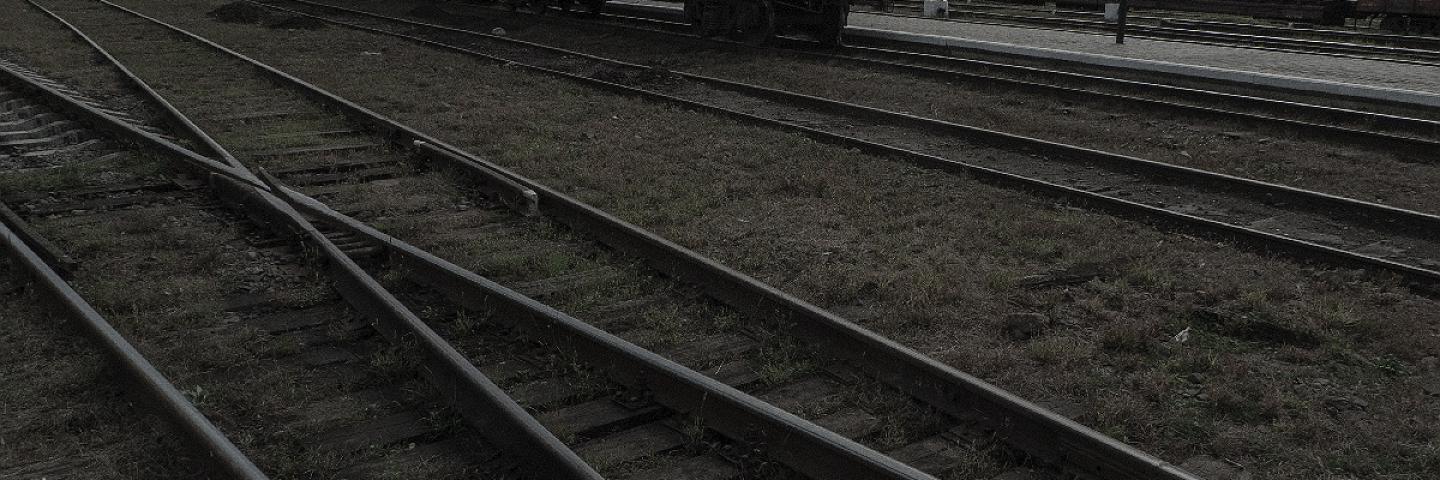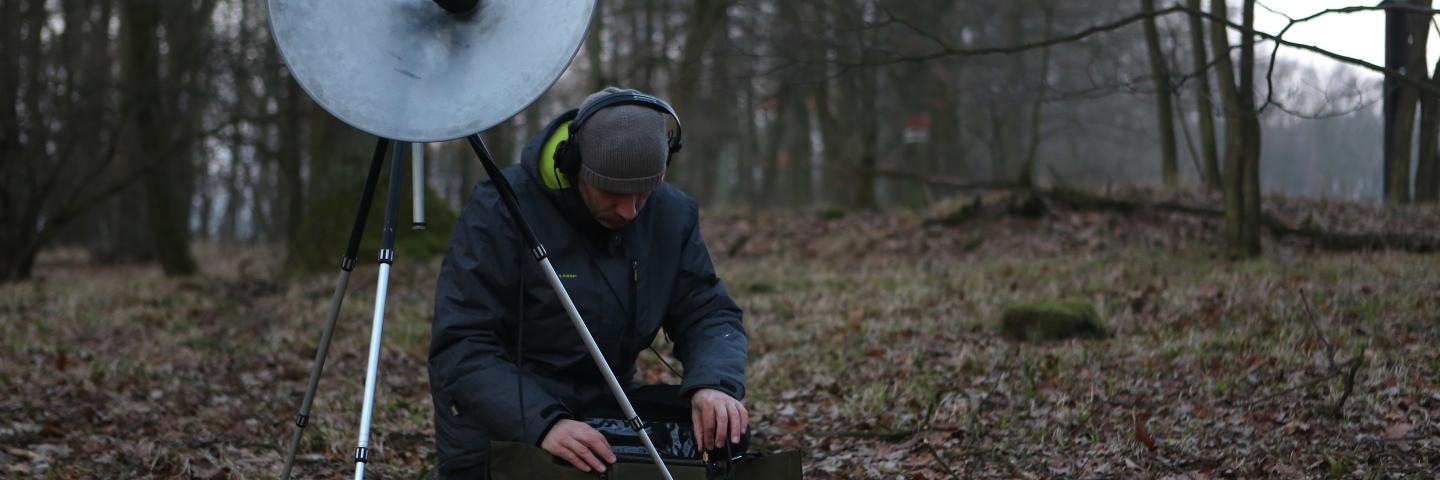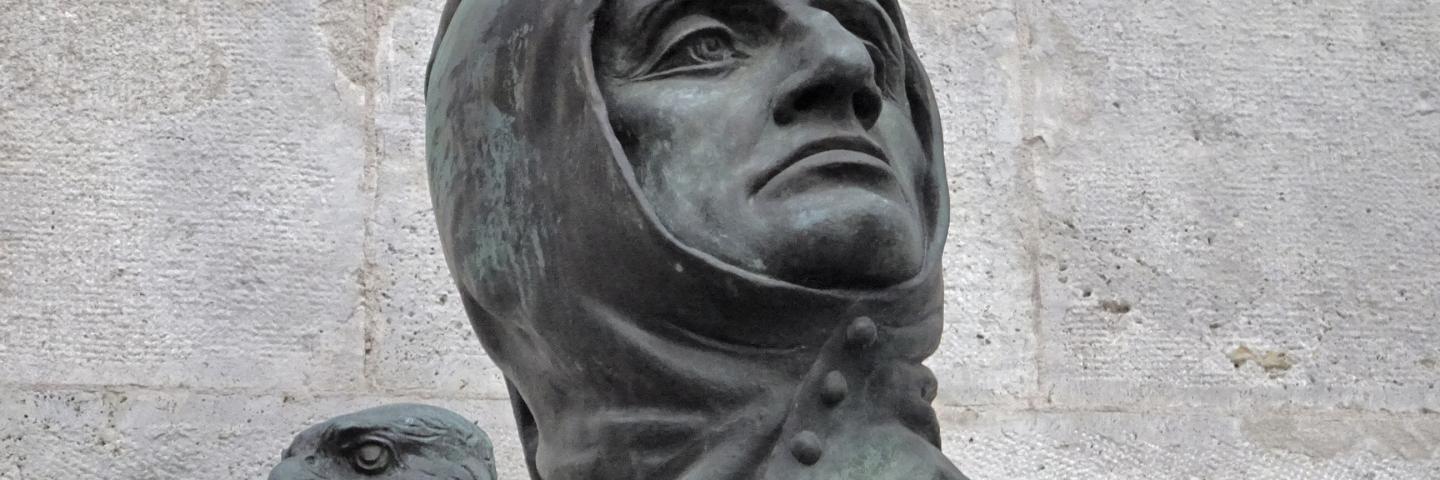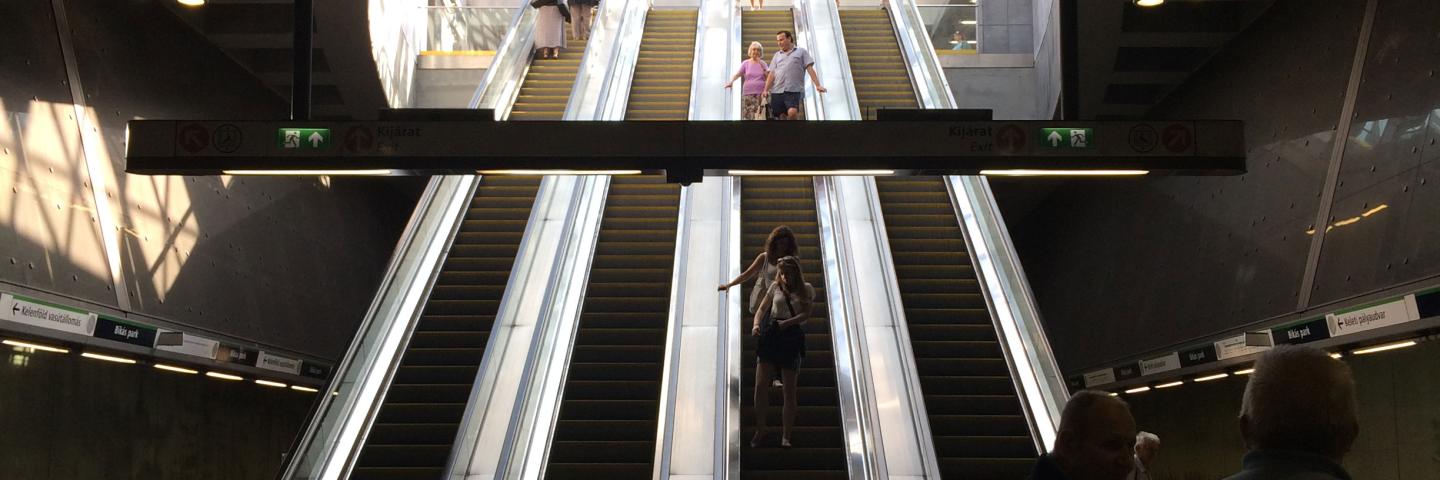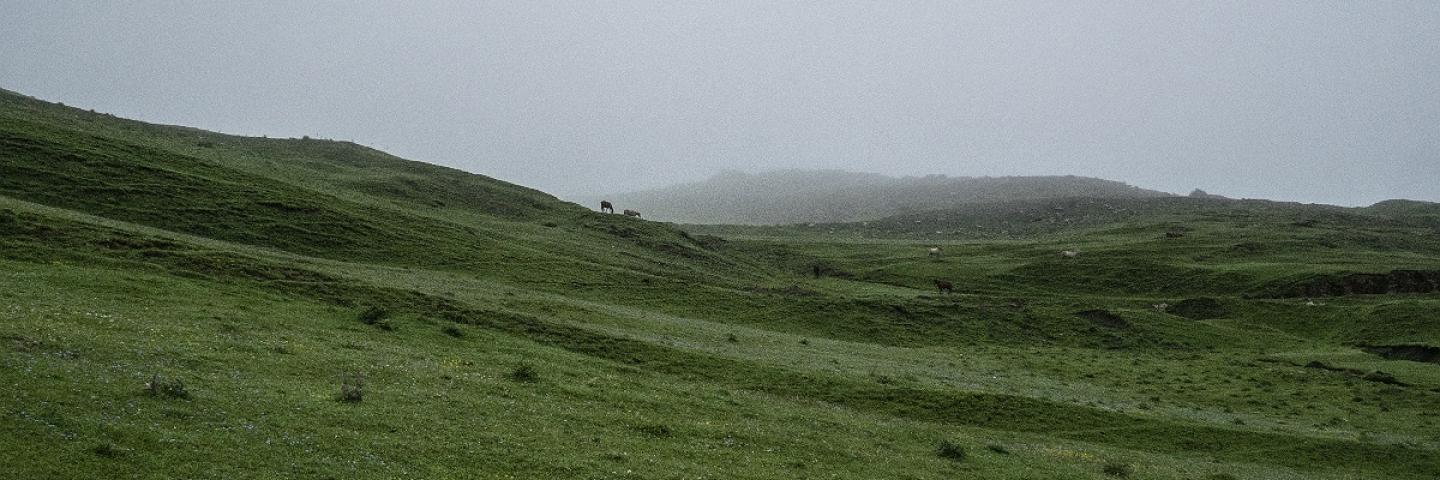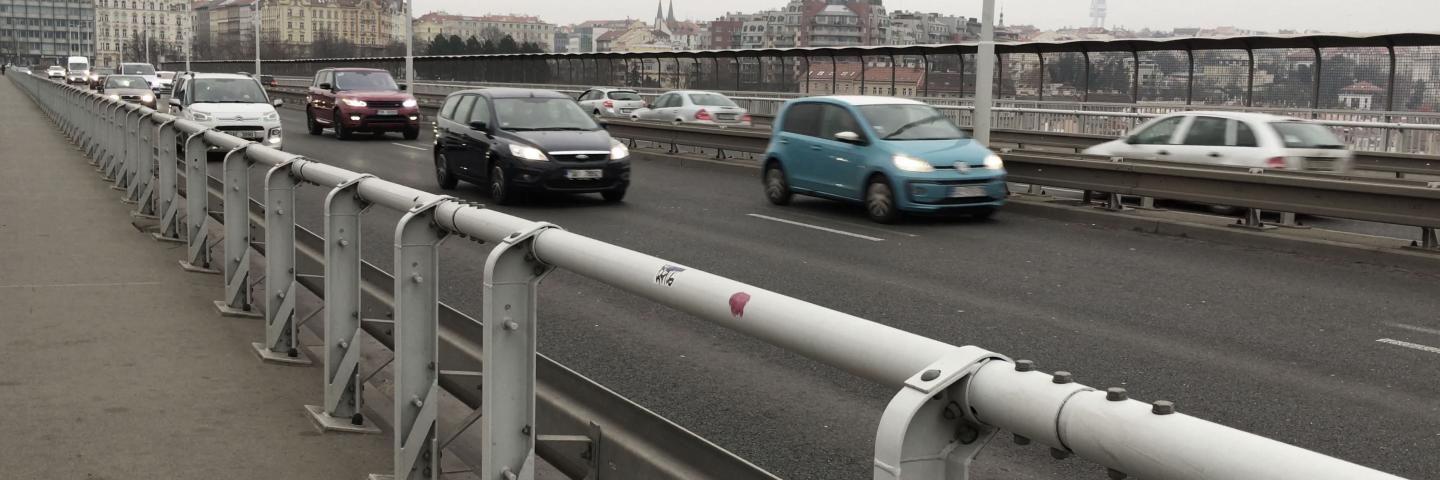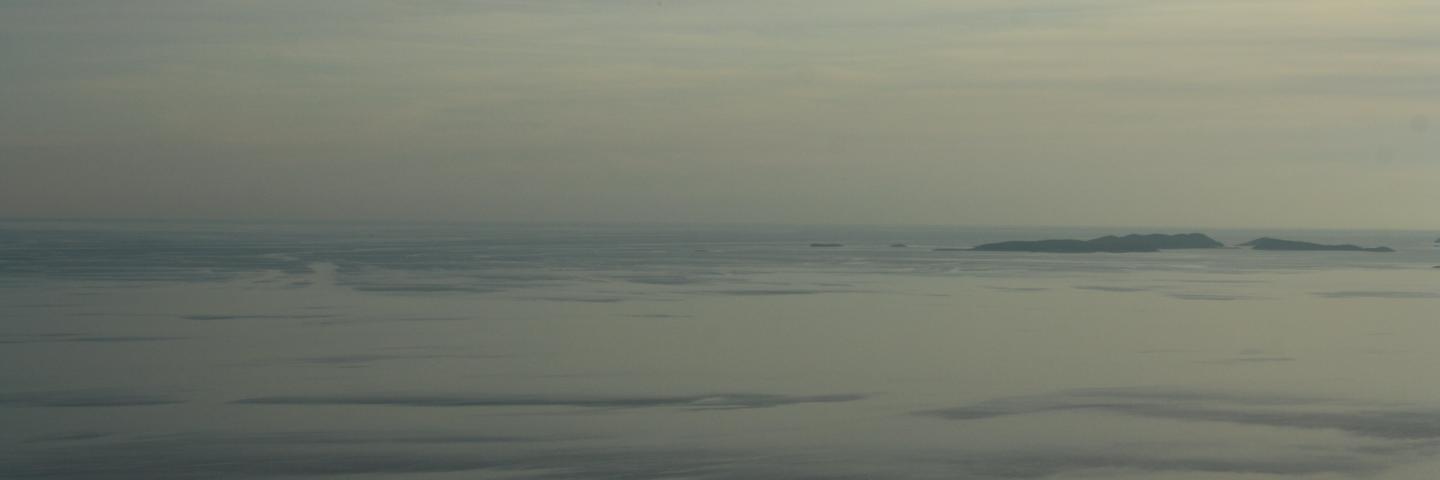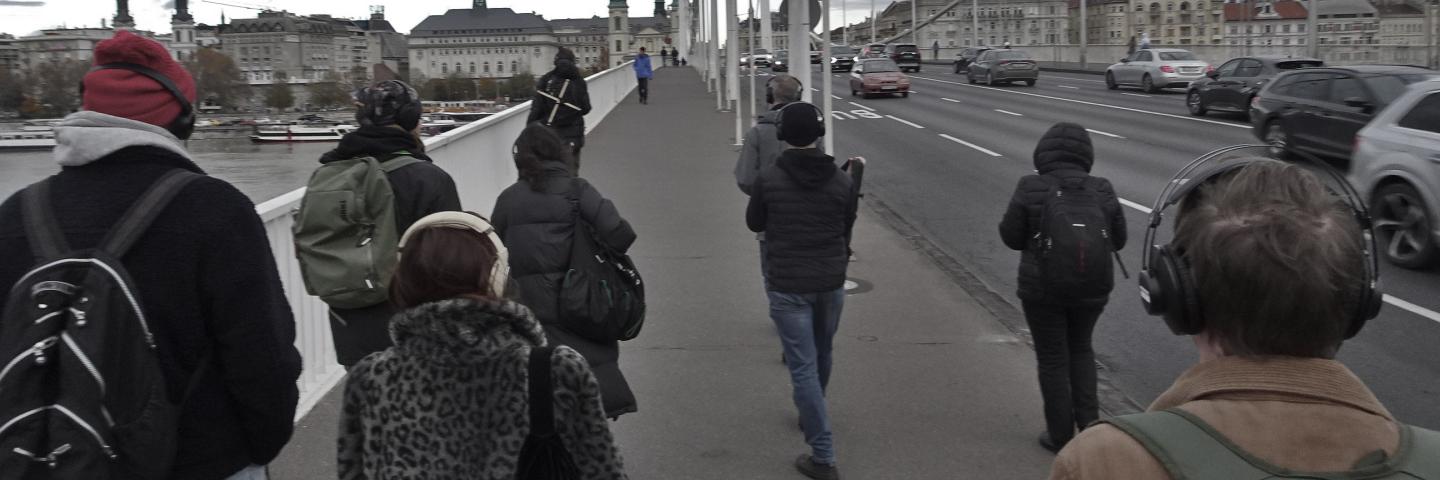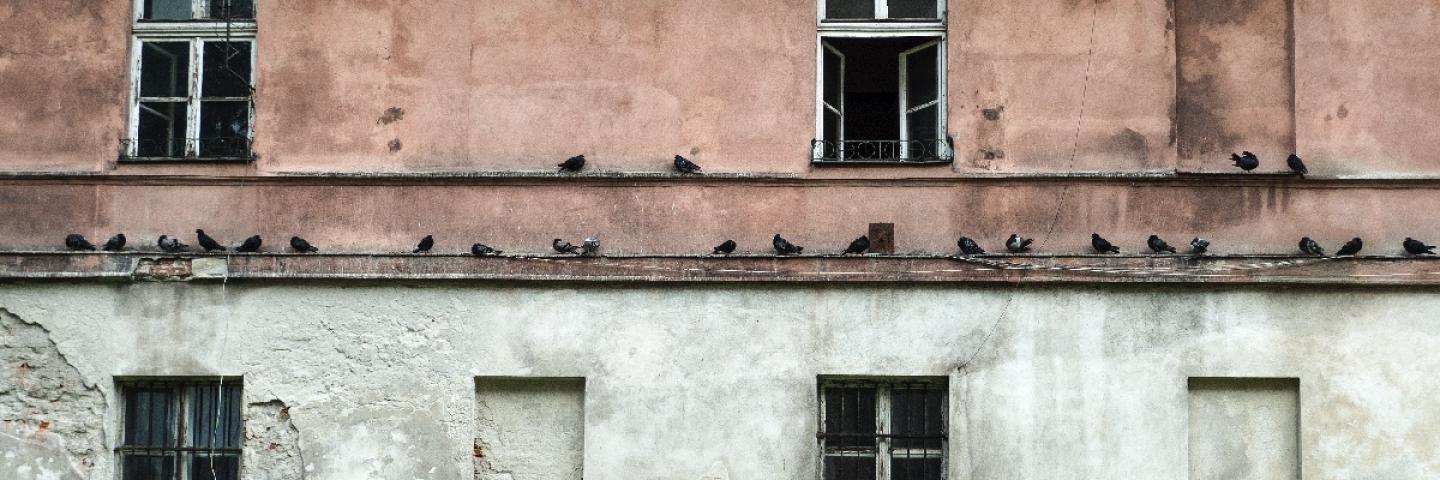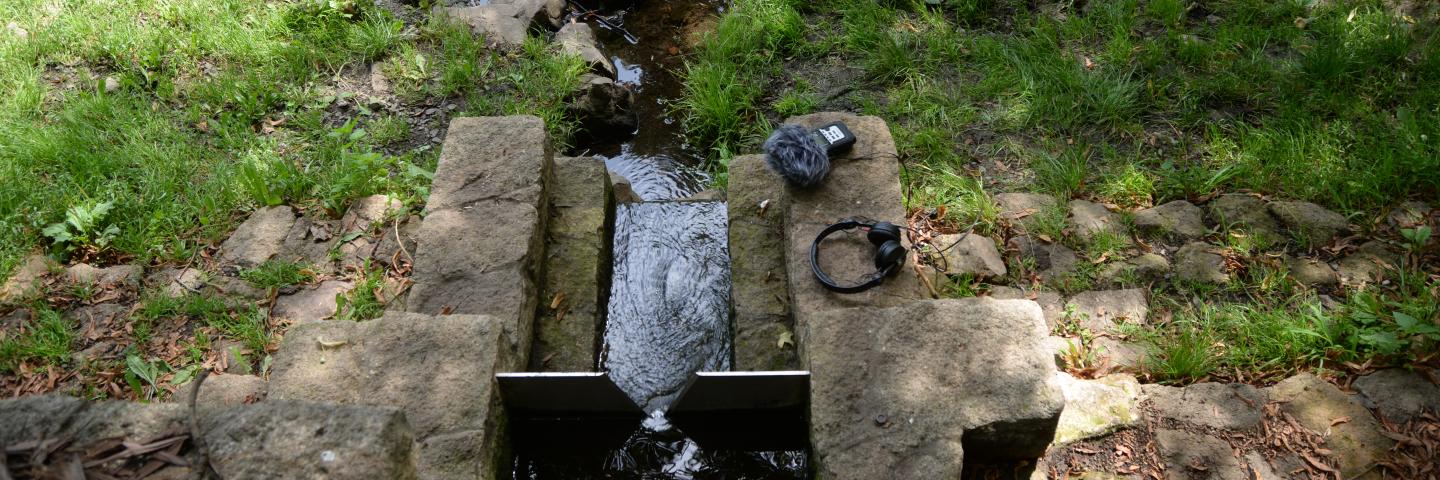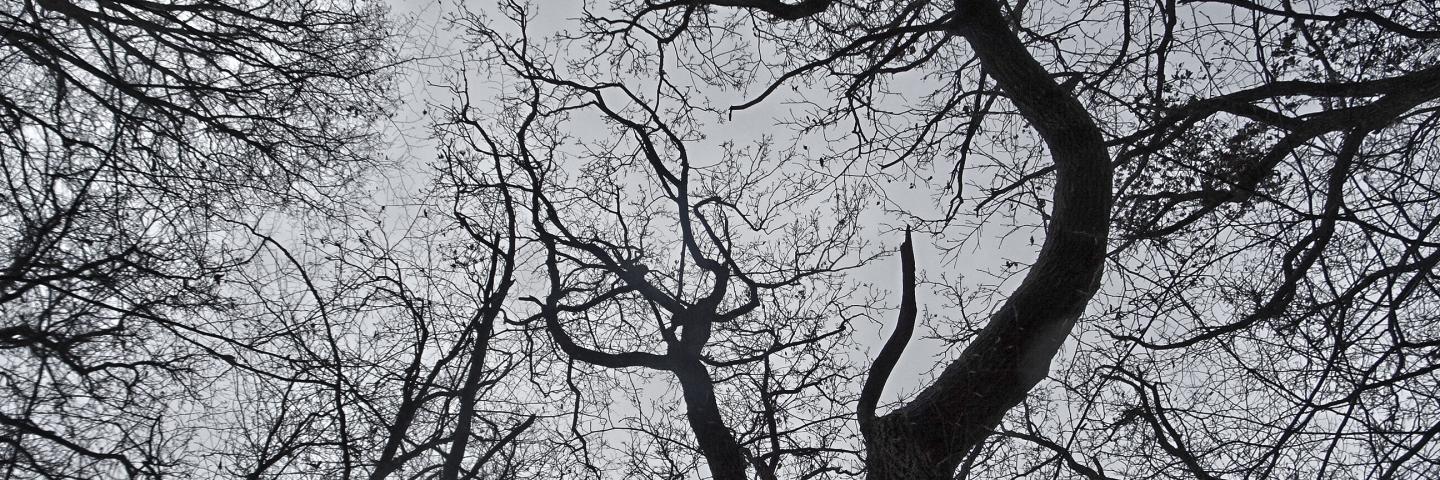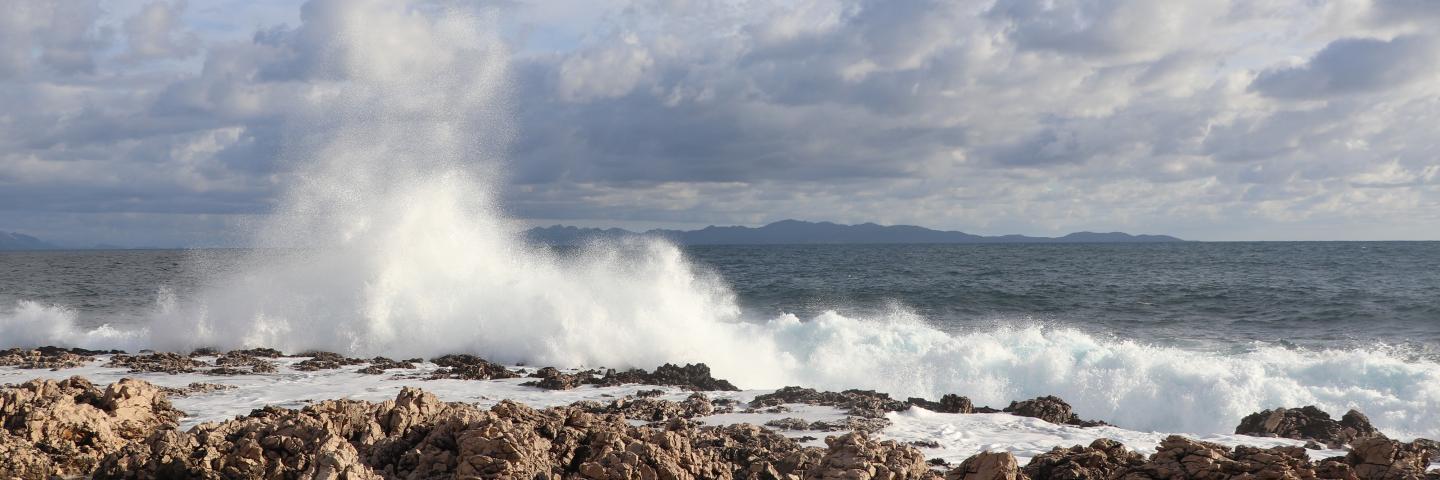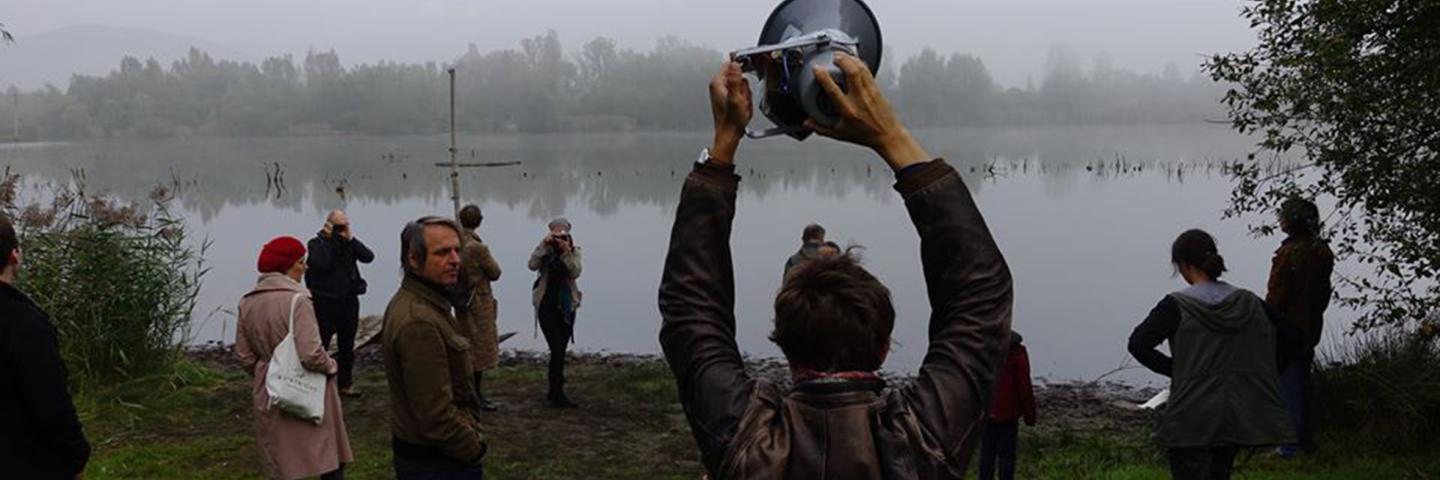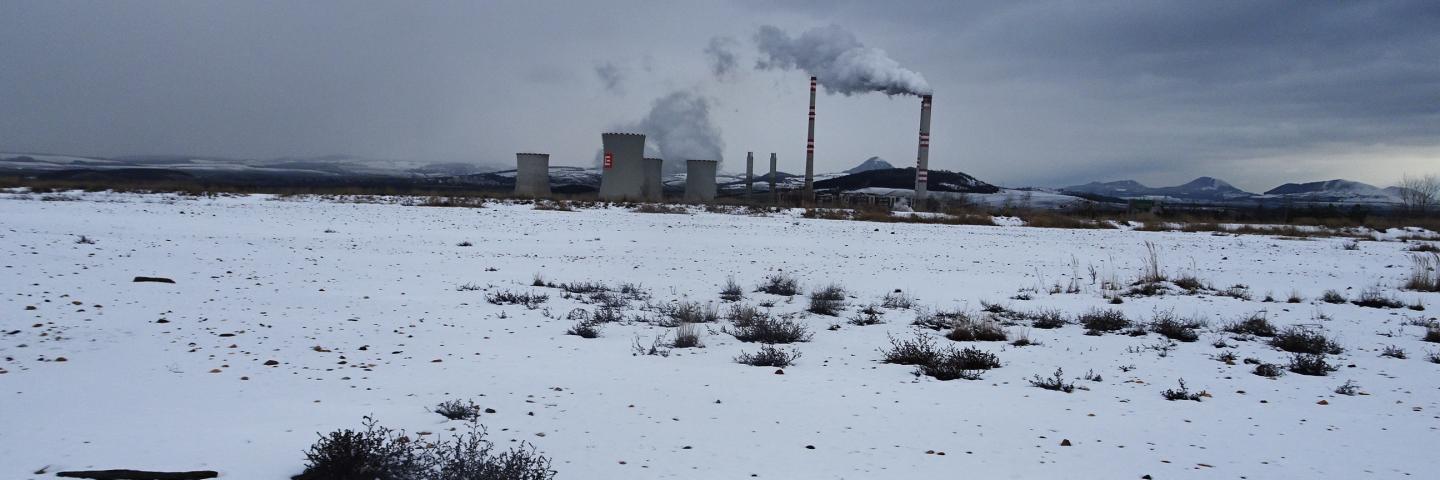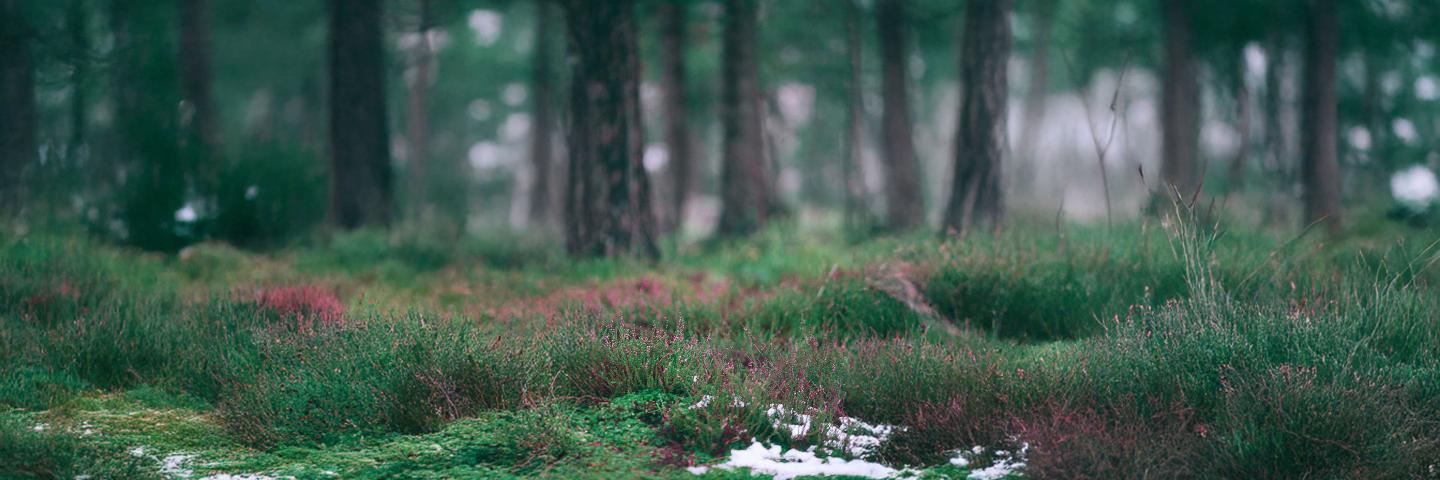Points of reference
Current environmentally concerned sound art and science is in a similar situation that was resolved within the field of visual arts in the beginning of the 1990s. Since then the work of environmentally oriented artists was more or less recognised as a distinct movement in its own right. This open list is an attempt to bring together some names of people, initiatives and institutions approaching and thinking about sound in such a way that it resonates within the general critical environmental agenda of today. Not necessary it collides with musicians using field recordings as a material for their music composition, sound work, sound installations, radiophony etc. As well, the profession of artist or scientist is necessarily not conditional.

Martha Craven Nussbaum (born 1947) is an American philosopher and the current Ernst Freund Distinguished Service Professor of Law and Ethics at the University of Chicago, where she is jointly appointed in the law school and the philosophy department. She received her BA from NYU and her MA and PhD from Harvard.

Linda O Keeffe is a sound artist based in Edinburgh, Scotland. Her current body of practice is focused on the intersection of science & technology, ethics and communication, where she has produced a number of art works, published research papers and keynote presentations.
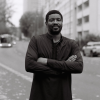
Emeka Ogboh (born 1977) is a Nigerian sound and installation artist. He became interested in sound art during a media class at the 2008 Fayoum Winter Academy with Austrian multimedia artist Harald Scherz. Following this experience, Ogboh paid attention to the interaction of sounds in Lagos as compositions rather than individual voices.
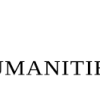
Open Humanities Press is an international open access publishing initiative in the humanities, specializing in critical and cultural theory. OHP's editorial board includes scholars like Alain Badiou, Jonathan Culler, Stephen Greenblatt, Jean-Claude Guédon, Graham Harman, J. Hillis Miller, Antonio Negri, Peter Suber and Gayatri Spivak, among others.
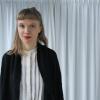
Anna Orlikowska is a Warsaw-born artist working between Amsterdam and United States. Her practice focuses on site-related works, which stretch the limits of medium of performance, installation, video, sculpture, text and sound. She is translating invisible phenomena into a material, embodied, visible form.
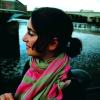
Gascia Ouzounian is Associate Professor of Music at the University of Oxford, and Fellow and Tutor in Music at Lady Margaret Hall. Her research interests include experimental practices in music and sound art; urban sound; sound and space; and new technologies in music.
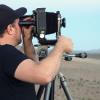
Trevor Paglen (born 1974, USA) is known for investigating the invisible through the visible, with a wide-reaching approach that spans image making, sculpture, investigative journalism, writing, engineering, and numerous other disciplines.

Robin Parmar is an electroacoustic composer, improviser, and sound artist based in Ireland. His pieces have been played in Canada, United States, Spain, Portugal, Ireland, England, Germany, and Sweden.
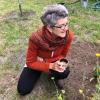
A. Laurie Palmer’s work is concerned with material explorations of matter’s active nature as it asserts itself on different scales and in different speeds, and with collaborating on strategic actions in the contexts of social and environmental justice.

Maria Papadomanolaki is a transmission artist and composer based in Greece. Papadomanolaki has studied linguistics and literature at the Aristoteleion University of Thessaloniki before moving on to sound art and sound studies, having completed a PhD on the topic ‘Sonic Perceptual Ecologies’ at CRISAP, LCC, UAL.

James Parker is the Director of a research program on Law, Sound and the International at the Institute for International Law and the Humanities (IILAH). His research focuses on the relations between law, sound and listening, with a particular emphasis on international criminal law, the law of war and privacy.
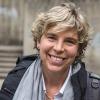
Ingrid M. Parker is a Professor of Ecology and Evolutionary Biology at the University of California, Santa Cruz. Ingrid’s research interests embrace both basic and applied problems and bridge the fields of ecology and evolution.
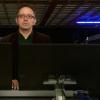
Aki Pasoulas is a Senior Lecturer at the University of the Arts London, and at Middlesex University. His teaching includes courses on acoustics, psychoacoustics, electroacoustic composition, digital audio, and multi-channel sound.

Roger Searle Payne (1935) is an American biologist and environmentalist famous for the 1967 discovery (with Scott McVay) of whale song among humpback whales. Payne later became an important figure in the worldwide campaign to end commercial whaling.
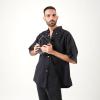
Samuel Perea-Díaz is a sound artist, exhibition designer, curator based in Berlin. He holds a degree in Architecture from the University of Seville and a MA in Sound Studies and Sonic Arts from the Berlin University of the Arts.
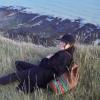
Alejandra Perez Nuñez (Punta Arenas, 1972) is an independent artist and a member of a diverse group of practitioners and writers examining the electromagnetic environment in relation to post industrial economies.

Marina Peterson's work attends to elemental forces and shifting modalities of matter, with an emphasis on sound and urbanism. She explores diverse and innovative ways of encountering and presenting the ethnographic through writing, sound, and image. Most of her research is in and of Los Angeles.

Cédric Peyronnet is a French sound artist. He is working since the ’90 around phonography (Field recordings, “sound hunting”…), soundscapes, using the principles of concrete, acousmatic, electroacoustic music.
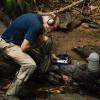
Bryan C. Pijanowski is professor of forestry and natural resources at Purdue University, Indiana, USA, where he is also director of the Center for Global Soundscapes.

"Sound works, recordings, scored compositions, improvisation, ongoing collaborations, installations: my work can take a variety of forms. At the most basic level, this work invokes a change, usually subtle, in the situation.

Tomasz Pizio is sound artist living in Poland and he is interested in field recordings of natural environments, industrial soundscapes as well as situations and places that through sound tell their story.
tomaszpizio.bandcamp.com
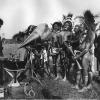
Rudolf Pöch (1870 Tarnopol, Galicia, 1921, Innsbruck) is known as a pioneer in photography, cinematography, and audio engineering. He can be regarded as a founding father of the Institute for Anthropology and Ethnography at the University of Vienna. Completed his education in Vienna, where he first studied law.
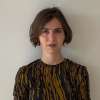
Daniela Medina Poch (she/her, Bogotá~Berlin) is a multidisciplinary artist and researcher. Medina Poch investigates how unofficial histories and interspecies entanglements contribute to the conception of ecocentric narratives, epistemic bridges that amplify non-hegemonic knowledge systems.

Andrea Polli is an environmental artist working at the intersection of art, science and technology.

Elizabeth A. Povinelli (1962) is Franz Boas Professor of Anthropology at Columbia University where she has also been director of the Institute for Research on Women and Gender and co-director of the Centre for the Study of Law and Culture.

Lucy Powell born in 1972, is a British artist who has been based in Berlin since 1995. Working mainly in video and text, her practice is an ontological inquiry that focuses on language and nonhuman intelligence.
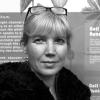
Gail Priest is a sound artist and writer based on Dharug and Gundungurra land (Katoomba, NSW, Australia). Her work spans soundtracks for dance, theatre and video, solo electro-acoustic performance as well sound installations for gallery contexts, both solo and in collaboration.

Michael Allen Z. Prime is a sound ecologist, living and working in Cork, Ireland. The use of bioactivity translators to amplify the electrical activity of plants and fungi has been central to much of Prime’s work. Through the medium of sound, listeners are able to enter and interact with the transient world of plant reactions.

Douglas Quin is a sound recordist and composer whose works Oropendola (1994) and Forests: A Book of Hours (1999) blend acoustic and electronic musical improvisation with “unadulterated and unedited field recordings, processed soundscapes, electroacoustic instruments, human voice and hybridized sounds that comprise both living voices and e
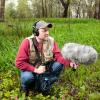
Douglas Quin is a sound recordist and composer whose works Oropendola (1994) and Forests: A Book of Hours (1999) blend acoustic and electronic musical improvisation with “unadulterated and unedited field recordings, processed soundscapes, electroacoustic instruments, human voice and hybridized sounds that comprise both l
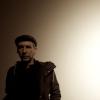
Paulo Raposo is a sound artist, curator, radio producer and occasionally film-maker based in Lisbon, Portugal.

Ivan (or Janez) Regen (known also as Johann Regen) (1868 – 1947) was a Slovenian biologist, best known for his studies in the field of bioacoustics. Regen was born in the hamlet of Lajše in Trata (today part of Gorenja Vas, Slovenia) and became interested in insect sounds as a child.
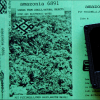
Sound Reporters is an Amsterdam-based tape label ran by 3 people related with the Institute of Sonology. it is a research, production and publishing company specialized in anthropology, ethnomusicology, religion, travel and history.

Oliver Ressler is an artist and filmmaker who produces installations, projects in public space, and films on issues such as economics, democracy, migration, the climate crisis, forms of resistance and social alternatives. Ressler has had solo exhibitions at Berkeley Art Museum, USA; Museum of Contemporary Art, Belgrade; Centro Cultural Conde Duque, Madrid

Iegor Reznikoff (1938) is a specialist in ancient music/early Christian chant and acoustic archaeology, with an interest in prehistoric caves and Romanesque and Gothic churches.

Lasse-Marc Riek (born 1975 in Germany) uses field recording as a means to capture and explore acoustic ecology, bio-acoustics and soundscapes. Since 1997, he has operated internationally, staging exhibitions and concerts, releasing recordings, and delivering lectures and workshops.
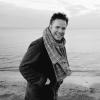
Julian Rieken is an artist, curator, re-searcher, writer and educator, exploring the overlap between experimental sound practices, artistic research and ecological and social action.
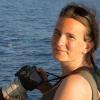
Denise Risch is a marine mammal ecologist and bioacoustician. She is based at the Scottish Association for Marine Science. She is interested in the study of underwater sounds and aquatic soundscapes.

Dylan Robinson is a xwélmexw scholar and artist (Stó:lō/Skwah). He was the Canada Research Chair in Indigenous Arts at Queen’s University on Haudenosaunee and Anishinaabe lands.
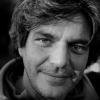
Lorenzo Romito is professor of space and design strategies at the University of Arts Linz (AT). He teaches art at the NABA in Rome and the module Stalker in the master program “Environmental Humanities” at the University of Roma Tre (IT). He received the Prix de Rome Architecte of the French Academy Villa Medici in Rome (2000–2001).

Jon Rose (born in the UK, 1951) is an Australian violinist. A polymath, he is at much at home creating large environmental multi-media works as he is playing the violin on a concert stage. Most celebrated is the worldwide Fence project.
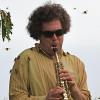
David Rothenberg (born 1962) is a composer and environmental philosopher, best known for his musical collaboration with birds, whales and bugs, particularly. Beside that he has performed and recorded on clarinet with Jan Bang, Scanner, Peter Gabriel, Ray Phiri, Markus Reuter, Pauline Oliveros, and the Karnataka College of Percussion.

Enrique Salmón is head of the American Indian Studies Program at Cal State University East Bay in Hayward, California. He has been a Scholar in Residence at the Heard Museum and a program officer for the Greater Southwest and Northern Mexico regions for the Christensen Fund.
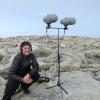
Philip Samartzis (born 1963, Melbourne) is a sound artist, scholar and curator with a specific interest in the social and environmental conditions informing remote wilderness regions and their communities.

Pablo Sanz is an artist, composer and researcher. His body of work includes site-determined and public art projects, immersive installations, multichannel live performances, exhibitions, releases, and pieces for broadcast and headphone listening.
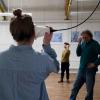
SARU - Sonic Art Research Unit is a research group that provides a forum for dialogue and exploration between the fields of experimental composition and sound art. It is situated in the School of Arts at Oxford Brookes University between the fields of Music and Fine Art.
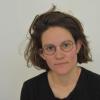
Alma Sauret, graduated from Grenoble Art School (ESAD-GV) with a Master’s degree, in her plastic explorations, links her instrumental practice to her theoretical researches on music and language.

Dawn Scarfe’s work involves tuning into things. She uses devices such as ‘bivvy broadcasts’ and ‘listening glasses’ to explore fragile connections between people, places and sound.
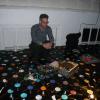
Janek Schaefer (born 1970 in England to Polish and Canadian parents) is composer, sound artist and musician. While studying architecture at the Royal College of Art [RCA annual prize], he created 'Recorded Delivery' [1995] using a sound activated dictaphone travelling overnight through the Post Office.
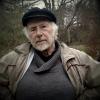
R. Murray Schafer was a Canadian composer and founder of acoustic ecology. He was born in Sarnia, Ontario but was raised in Toronto. Schafer entered the Royal Conservatory of Music and the University of Toronto in 1952 to study with John Weinzweig.
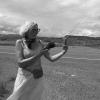
Gabi Schaffner works as a trans-disciplinary artist within the realms of radio art, composition and performance. Her artistic practice is determined by the methods of poetic ethnography in connection with fluxus-like mise-en-scènes, radio-making and sound art performances. Much of her work originates from journeys.

Claude Schryer (1959, Ottawa, he/him) believes the arts, in the context of decolonization, can play a much more impactful role in shaping our collective future and has dedicated the rest of his life to this vocation. He is a franco-ontarian sound and media artist and arts administrator of european ancestry.

German sound creator Frank Schulte has played in various international ensembles for improvised and composed sound art. He has published numerous publications on sound carriers and in various radio and television programs. He works with performance artists, dancer, actors and lyricists.

Susan Schuppli is a researcher and artist based in the UK whose work examines material evidence from war and conflict to environmental disasters and climate change. Current work is focused on learning from ice and the politics of cold. Creative projects have been exhibited throughout Europe, Asia, Canada, and the US.

Hillel Schwartz is a cultural historian, poet, and translator currently writing on notions and experiences of “emergency” since 1760. As an historian, he is best known for Making Noise: From Babel to the Big Bang, and Beyond (Zone, 2011, 2016) and The Culture of the Copy: Striking Likenesses, Unreasonable Facsimiles (Zone, 1996, 2014).
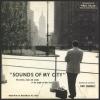
Tony Schwartz (1923-2008) was an American sound ingineer, radio and televisiton director and educator. He created more than 20,000 radio and television spots for products, political candidates and non-profit public interest groups.
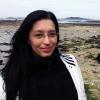
Robertina Šebjanič is an artist whose work explores the biological, chemical, (geo)political and cultural realities of aquatic environments and the impact of humanity on other organisms. Her projects call for the development of empathetic strategies aimed at recognising the other (non-human) enteties.
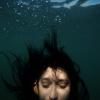
Robertina Šebjanič (Slovenia) is an artist whose work explores the biological, chemical, (geo)political and cultural realities of aquatic environments and the impact of humanity on other organisms. Her projects call for the development of empathetic strategies aimed at recognising the rights of other (non-human) enteties.
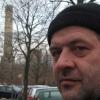
Carsten Seiffarth (Born 1963 in Berlin) is a curator and producer in the field of music and sound art.
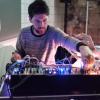
Tim Shaw is an artist and musician interested in the relationships between site, sound and technology. His practice is concerned with the many ways people listen, specifically how listening environments can be constructed or explored using a diverse range of techniques and technologies.
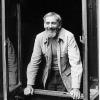
Paul Howe Shepard, Jr. (1925 - 1996) was an American environmentalist and author best known for introducing the "Pleistocene paradigm" to deep ecology. He lectured and taught biology at Knox College, Smith College, Dartmouth College, and Claremont College in a career that spanned more than 40 years.
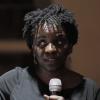
Denise Ferreira da Silva (born in 1963 in Brazil) is a philosopher and academic based in Vancouver. Her writing and artistic practice addresses the ethical questions of the global present and targets the metaphysical and onto-epistemological dimensions of modern thought.
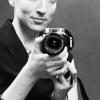
Daniela Silvestrin is an independent curator, cultural researcher, and organiser-facilitator with a background in law, history of art, and curatorial studies. Her research is situated at the intersection between digital media, critical theory and speculative art.
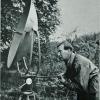
Eric Simms (born 1921; died 2009) was a british naturalist and broadcaster. In his career at the BBC he made almost 8,000 broadcasts, including an unbroken run of Countryside radio programmes lasting 38 years from 1952 until 1990. Simms was also a prolific writer, with more than 20 books and hundreds of articles to his credit.
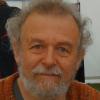
Dallas Simpson is UK based trained as a scientist, but has spent the last ten years involved with recording and performing binaural soundworks.
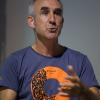
Peter Sinclair is a sound artist and researcher in audio art. He began his career as an artist building musical machines that he presented in exhibitions and on stage, either solo or in collaboration with other musicians.

Henryk Skolimowski (1930 – 2018) was a Polish philosopher, known as a founder of eco-philosophy. Since the seventies of the 20th century, when he proclaimed his eco-philosophical manifesto, ecophilosophy has been developed in one of the mostly drawing attention philosophical field.
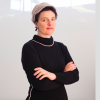
Rasa Smite is an artist, network researcher and cultural innovator, working with science and emerging technologies since 90s. She is founding director of RIXC Center for New Media Culture in Riga, curator of its annual festivals, and a chief-editor of Acoustic Space – peer-reviewed publication series.

Grant Smith is a British artist and writer working on sound, transmission, text, domestic and social projects in Loughborough Junction, South London. Smith co-founded the Soundcamp cooperative with Kirsty Collander-Brown and Maria Papadomanolaki in 2013 soundtent.org.

Karolina Sobecka is an artist and researcher whose work is centered on the relationship between environmental concerns and science and technology development. Her current projects explore the histories of ecology and their legacies in the contemporary formulations of carbon governance.

Sonambiente was a sound art festival held twice in Berlin (9 August - 8 September 1996), (1 June - 16 July 2006) and in 2021. The 1996 edition was part of the Academy of Arts' tricentennial celebration and presented the most comprehensive survey to date of contemporary international sound art.

The Journal of Sonic Studies. The main purpose of Murray Schafer’s work was to study the dynamic interaction between the sonic environment, the socio-cultural milieu, and the individual listener as well as the (conscious and unconscious) effects sound has on human behavior.

The international residency and exchange project Sonotopia – the Sonic Explorers will turn former Bonn prize winners into traveling researchers and sound art ambassadors. To open up the world for one’s self or to open up one’s self to the world – both processes commence with listening.

“Sound & Science: Digital Histories” is an online database for the history of acoustics. It serves as a multimedia resource for historians of science, culture, and technology, along with students and other researchers.
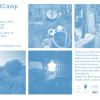
Soundcamp are an arts cooperative based in London, Crete and The Hague, working on transmission ecologies from DIY broadcasting devices to public sound and radio projects.
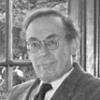
Michael Southworth is Professor Emeritus in both the Department of City and Regional Planning and the Department of Landscape Architecture and Environmental Planning. Many of his research projects and publications have focused on the evolving form of the American metropolis; particularly the urban edge.
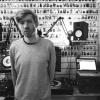
Anton Spice is a writer and artist-researcher interested in how sound mediates relationships between people and their environments. His writing is published in The Guardian, Frieze, Sonic Acts and Electronic Sound. He currently runs a newsletter about listening and climate change.

Carsten Stabenow (born 1972) works as freelance curator, producer, communication designer, and artist at the intersection of artistic production and mediation.
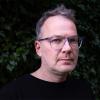
David Stalling (born in Bochum, Germany) has been working as a composer, improviser, sound and installation artist in Ireland since the early 1990s. His works have been performed and exhibited nationally and internationally.
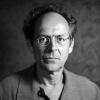
Bernard Stiegler (1952 – 2020) was a French philosopher and a head of the Institut de recherche et d'innovation (IRI), which he founded in 2006 at the Centre Georges-Pompidou. He was also a co-founder of the political and cultural group, Ars Industrialis (2005), and philosophy school pharmakon.fr at Épineuil-le-Fleuriel (2010).
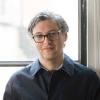
Joel Stern is a researcher, curator, and artist living in Naarm / Melbourne, Australia and Associate Investigator at the RMIT University node of the ARC Centre of Excellence for Automated Decision-Making & Society (ADM+S).

Dr Joel Stern is a Vice Chancellor's Postdoctoral Fellow in DSC|School - Media & Communication, and a researcher, curator, and artist living in Naarm / Melbourne, Australia.
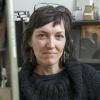
Deborah Stratman is a Chicago-based artist and filmmaker interested in landscapes and systems. She makes work that investigates issues of power, control and belief, exploring how places, ideas, and society are intertwined. She regards sound as the ultimate multi-tool and time to be supernatural.
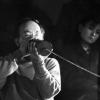
Akio Suzuki (born 1941 in Pyongyang, North Korea) is musician and soundartist. Since his infamous “Throwing Objects Down a Staircase” event at Nagoya Station in 1963 and the self-study events which followed, where he explored the processes of “projection” and “following” in the natural world, Suzuki has pursued listening as a practice.
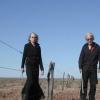
Hollis Taylor is a composer and bioacoustic researcher who blurs the lines between human music as classical, jazz, and folk and bioacoustics. Taylor was born in the USA and has been a Sydney resident since 2002. Her PhD from the University of Western Sydney is on the song of the Australian pied butcherbird.
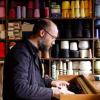
Frédéric Tentelier is visual artist and musician, who creates musical theater and sound installations and composes music using field recordings, Fender Rhodes, organs, banjo, and objects.

Emily Thompson is a historian of technology who studies early twentieth-century America. Her research explores the cultural history of sound, music, noise, and listening, and she focuses on how these phenomena and activities intersect with technologies like the phonograph, motion pictures, and architecture.
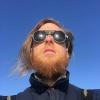
Jol Thoms (born Toronto) is an artist and researcher based in London, UK, where he is a lecturer on the MA Art & Ecology at Goldsmiths University and a faculty member of Critical Ecologies.
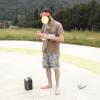
Davide Tidoni is an Italian artist and researcher working from the boundaries of physical, perceptual, and affective dimensions of sound. His work addresses questions regarding interactions with acoustic space, intersubjectivity, and impermanence.

Walter Tilgner is a biologist and bioacoustician, born 1934 in Olomouc, Czechoslovakia. In 1945, after the banishment from there the son of a master carpenter was raised on a farm near Hünfeld Germany.
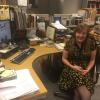
Cheryl Tipp is the British Library’s Curator of Wildlife & Environmental Sounds. With a background in zoology and library services, Cheryl has spent many years looking after the Library’s world - renowned collection of over 250,000 species and habitat recordings.
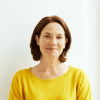
Viktoria Tkaczyk is full professor in the Department of Musicology and Media Studies at Humboldt-Universität zu Berlin, and co-speaker of the International Max Planck Research School “Knowledge and Its Resources: Historical Reciprocities.” She has published widely on the history of early modern and modern aviation, archi

Zoe Todd (she/they) (Red River Métis) is a practice-led artist-researcher who studies the relationships between Indigenous sovereignty and freshwater fish futures in Canada. As a Métis anthropologist and researcher-artist, Dr.
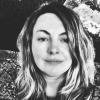
Cobi van Tonder is an interdisciplinary artist who has presented over 40 works worldwide, including concerts and exhibitions in Japan, Korea, USA, Ireland, UK, Germany, South Africa and Greece. Her innovative art/science hybrid projects involve the creation of new technological interfaces or software to enable artistic ideas.

David Toop (born 1949) is a composer/musician, author and curator based in London. Since 1970 he has worked in many fields of sound art, listening practice and music, including improvisation, sound installations and video works, field recordings, pop music production, music for television, theatre and dance.
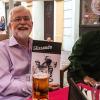
Barry Truax is a Professor Emeritus in the School of Communication (and formerly the School for the Contemporary Arts) at Simon Fraser University where he taught courses in acoustic communication and electroacoustic music.

Anna Lowenhaupt Tsing (1952) is a professor of anthropology at the University of California, Santa Cruz, and a Niels Bohr Professor in the Department of Culture and Society at Aarhus University in Denmark.

Toshiya Tsunoda is a Japanes sound artist (Born in 1964 in Kanagawa, Japan), known for using field recordings and sound collages. He studied oil painting at the Tokyo National University of Fine Arts and Music, where he received an MFA.

Banu Çiçek Tülü (Adana/Turkey, 1984) is an artist, researcher and DJ with a background in urban design from South-East Turkey based in Berlin. She develops her ideas and research by using sound as a primary medium and sonic methodologies.
